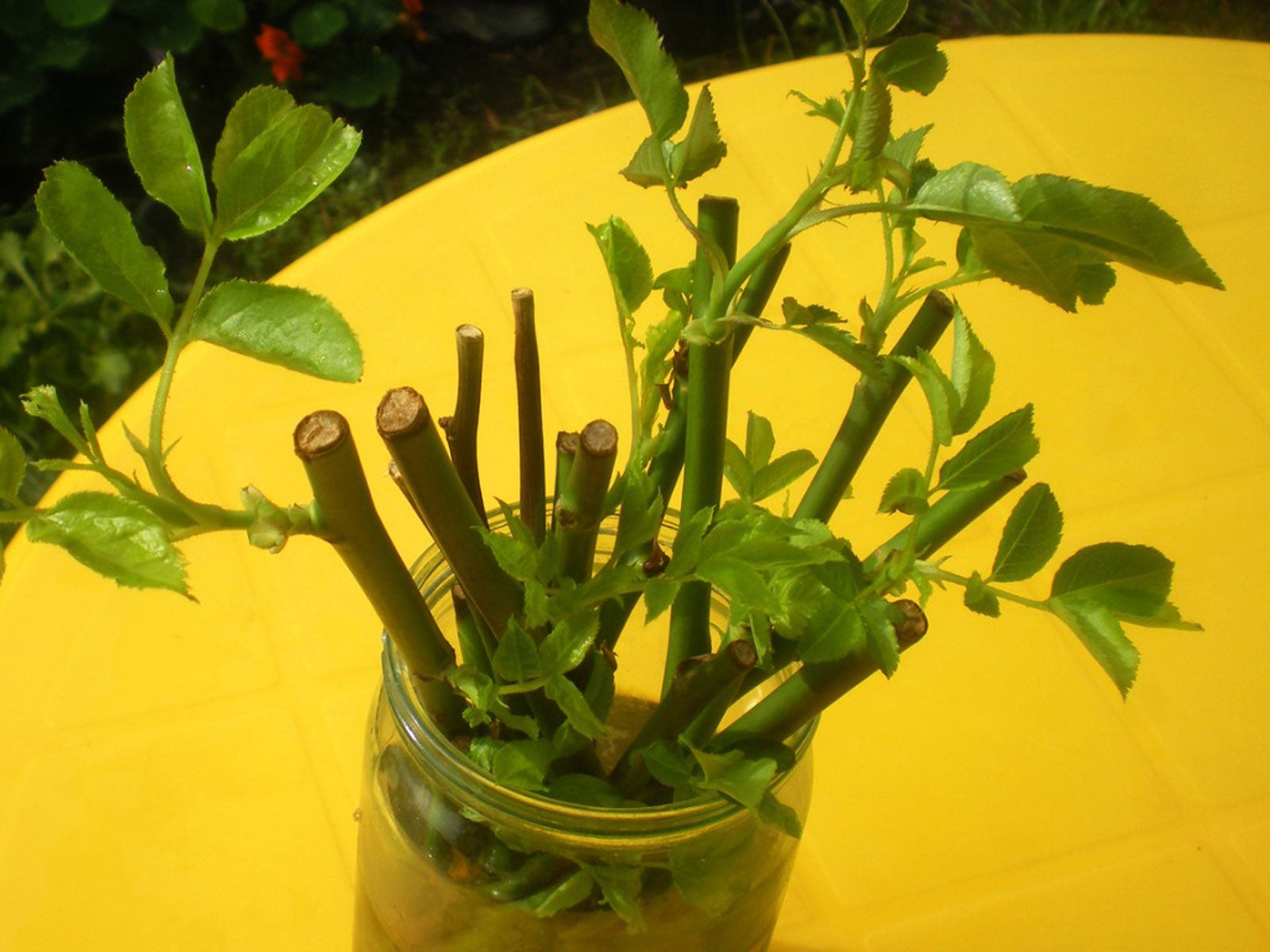Winter Propagating: Can You Propagate Plants In Winter

As you are conducting a winter dormancy pruning, have you ever wondered “Can you propagate plants in winter?” Yes, winter propagating is possible. Normally, the cuttings would go in the compost pile or yard waste bin, but try propagating plants in winter from the cuttings.
Does winter propagation work? Keep reading to learn all about winter plant propagation.
Can You Propagate Plants in Winter?
When you read yes, propagating plants in winter is possible, you may be thinking that’s crazy. In fact, winter is a great time to propagate hardwood cuttings taken from deciduous trees and shrubs.
Fruit cuttings include:
Some ornamentals to try:
Even some evergreens are suitable for winter propagating:
Flowering perennials that make likely candidate:
Gardening tips, videos, info and more delivered right to your inbox!
Sign up for the Gardening Know How newsletter today and receive a free copy of our e-book "How to Grow Delicious Tomatoes".
About Winter Plant Propagation
When winter propagating, cuttings will need protection from the elements and some moisture. Protection may be in the form of a poly tunnel, kitchen windowsill, enclosed porch, or cold frame. Whatever you are using should be well lit, frost free, ventilated, and offer wind protection.
Some people don’t even utilize protection and just set the cuttings in a bed of soil outside, which is fine, but does run the risk of drying out the cuttings from cold winds and frost. Some people like to wrap their cuttings in plastic wrap, but this too can lead to problems from fungal diseases.
Cuttings can be set into regular soil, potting soil, or better yet, in a mix of perlite and peat moss. In any case, the media should be kept lightly moist. Don’t get the actual cutting wet and water in the morning if possible.
Propagating plants in winter does take a bit longer than in the summer, two to four months for roots to develop, but it’s a great way to get free plants from winter prunings. Providing bottom heat will speed things up a bit, but isn’t necessary. You might as well let the plants get a slow start and then as temperatures warm the root system will develop naturally and by spring you will have new plants.

Amy Grant has been gardening for 30 years and writing for 15. A professional chef and caterer, Amy's area of expertise is culinary gardening.